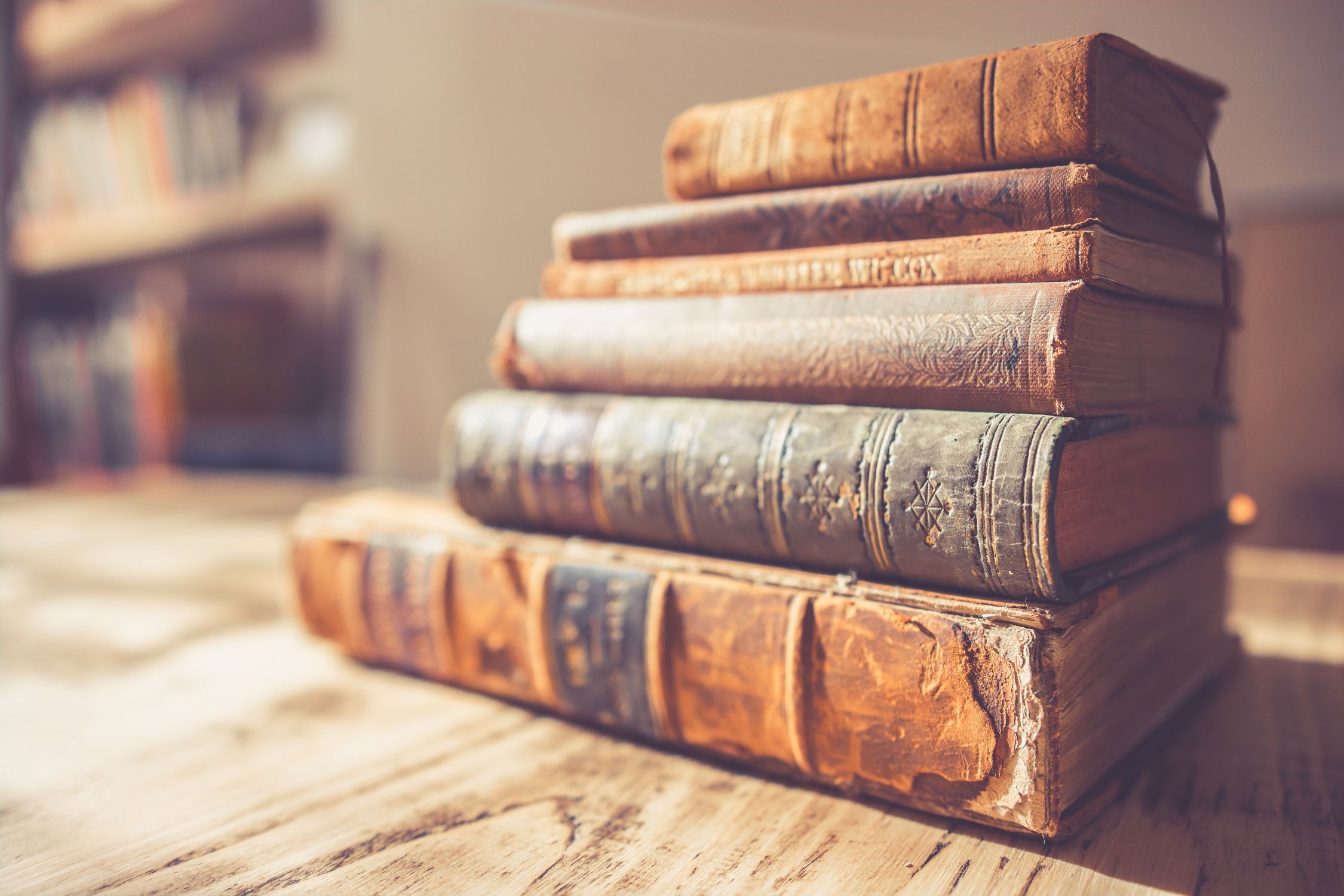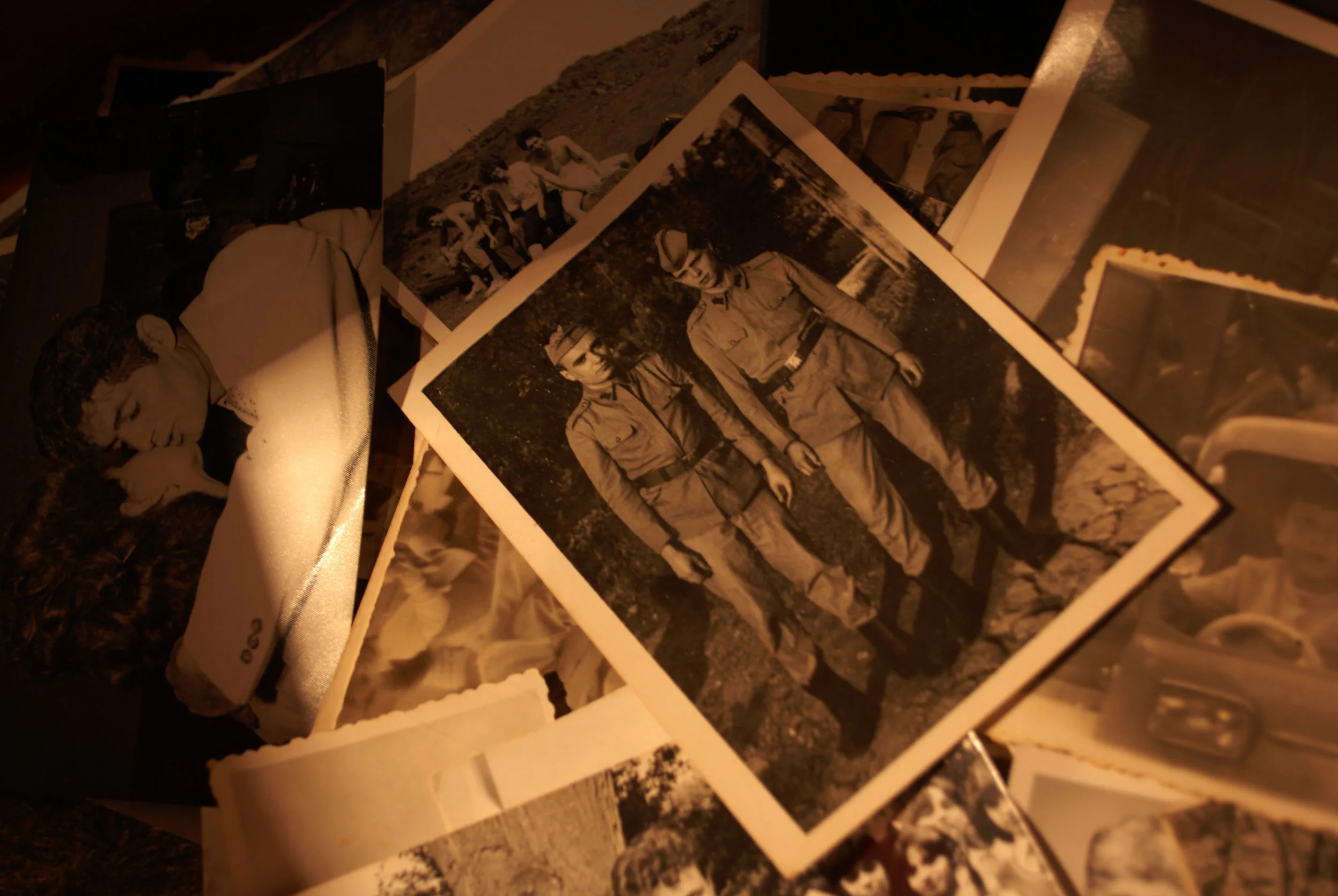Primary sources are the raw materials of history. They are documents and objects that were created during the event being studied or created later by the participant of an event, reflecting their viewpoint. They enable researchers to get as close as possible to what happened during a historical event or period.
Primary source literacy is the ability to interrogate evidence, such as documents, images, or objects for credibility, trustworthiness, and accuracy using sourcing, contextualization, and corroboration. Examining primary sources provides a powerful sense of history and demonstrates the complexity of the past. Even more importantly, analyzing primary sources develops better critical thinking and analysis skills.
To understand the significance of a primary source, you must evaluate key characteristics, including the role and perspective of the document creator, the intended purpose, the type of information or opinion conveyed, and the extent of the corroborating or conflicting evidence.
Developing primary source literacy engages four types of queries:
Description: What is this document? What kind of document is it? Who created it? When was it created? Was it personal or public? Are there any attributes (e.g., notarized, postal marks, tears, etc.) that are present?
Relationship: For what purpose was this document created? What is the context from which it emerged? What other documents are related? How is the context in which I am encountering it different from the context in which the creator intended? What is unknown about this document?
Meaning: What sense can I make of this document? Of what does it provide evidence? What interpretive frameworks help to understand this document? Is the meaning contested?
Use: How will I use this document in my work? Does it provide supporting evidence for my claims? Does it provide contrary evidence that I need to engage? What is the appropriate way to cite the document?
Primary sources raise questions that should be answered with sound research. While some answers are better than others, and some answers are wrong, good historical questions do not have a single right answer. The end product of primary source analysis should be a historical interpretation, supported with evidence from the documents, that answers the driving question.
Looking for archival advising, records management, and historical research services? Click below to speak with an expert consultant.
Check on my favorite books on primary sources:






















